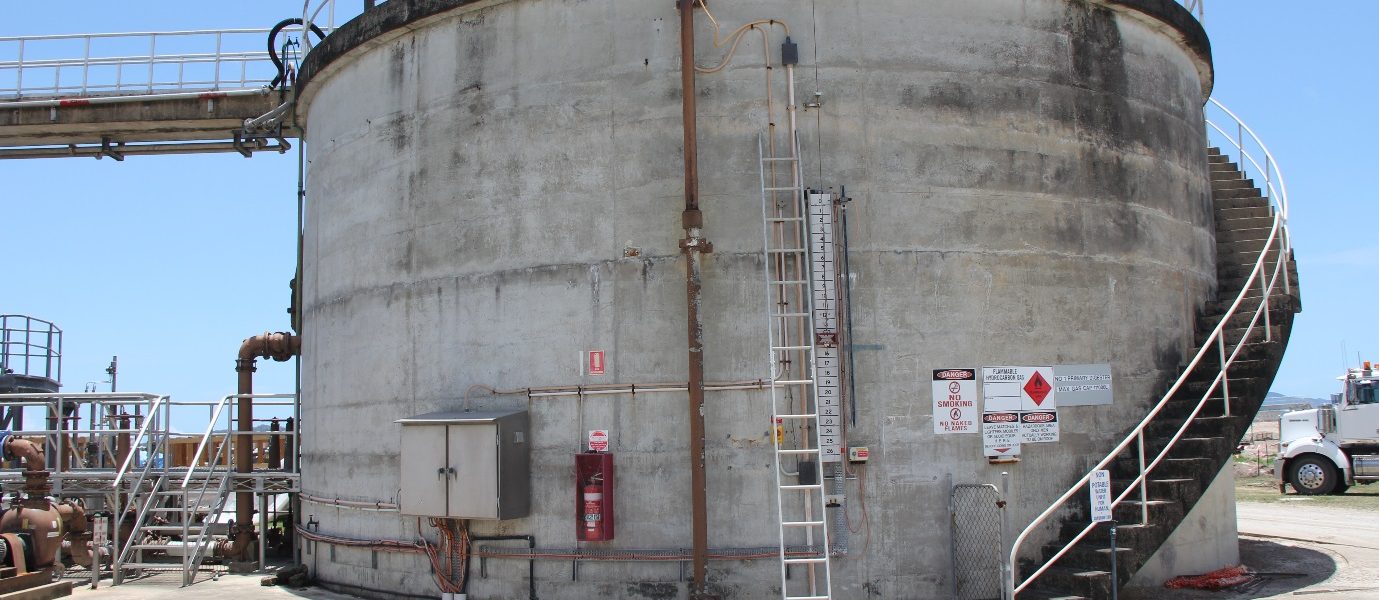The smart Trick of Roar Solutions That Nobody is Talking About
Wiki Article
The smart Trick of Roar Solutions That Nobody is Discussing
Table of Contents4 Easy Facts About Roar Solutions ShownThe 8-Minute Rule for Roar SolutionsThe Best Strategy To Use For Roar Solutions
In such an environment a fire or surge is feasible when 3 fundamental problems are fulfilled. This is frequently described as the "hazardous location" or "burning" triangular. In order to shield setups from a prospective explosion an approach of evaluating and identifying a potentially unsafe area is required. The objective of this is to make sure the right choice and installment of devices to ultimately avoid a surge and to ensure security of life.
(https://my.omsystem.com/members/roarsolutions)
No equipment should be set up where the surface area temperature level of the devices is more than the ignition temperature of the offered danger. Below are some common dirt dangerous and their minimal ignition temperature. Coal Dust 380C 225C Polythene 420C (thaws) Methyl Cellulose 420C 320C Starch 460C 435C Flour 490C 340C Sugar 490C 460C Grain Dirt 510C 300C Phenolic Material 530C > 450C Aluminium 590C > 450C PVC 700C > 450C Residue 810C 570C The possibility of the hazard existing in a focus high sufficient to create an ignition will vary from area to area.
In order to classify this danger an installation is separated right into locations of danger depending upon the amount of time the hazardous exists. These locations are referred to as Zones. For gases and vapours and dusts and fibers there are 3 zones. Zone 0 Area 20 A dangerous ambience is extremely likely to be present and might be present for lengthy durations of time (> 1000 hours per year) or perhaps continuously Area 1 Zone 21 A dangerous environment is feasible yet not likely to be existing for extended periods of time (> 10 450 C [842 F] A classification of T6 means the minimum ignition temperature is > 85 C [185 F] Hazardous location electrical equipment perhaps developed for usage in higher ambient temperature levels. This would certainly suggested on the score plate e.g. EExe II C T3 Ta + 60C( This means at 60C ambient T3 will certainly not be gone beyond) T1 T1, T2, T3, T4, T5, T6 T2 T2, T3, T4, T5, T6 T3 T3, T4, T5, T6 T4 T4, T5, T6 T5 T5, T6 T6 T6 A T Class score of T1 suggests the optimum surface area temperature level produced by the tool at 40 C is 450 C. Presuming the linked T Class and Temperature level score for the equipment are proper for the area, you can always use an instrument with a more strict Department ranking than needed for the area. There isn't a clear response to this concern. It actually does depend on the type of devices and what repair work need to be performed. Equipment with certain examination procedures that can't be performed in the area in order to achieve/maintain 3rd party rating. Must return to the manufacturing facility if it is before the devices's service. Area Repair Work By Authorised Personnel: Challenging testing might not be needed nonetheless details procedures might require to be adhered to in order for the tools to maintain its 3rd celebration ranking. Authorised personnel should be employed to execute the job correctly Repair work must be a like for like substitute. New part need to be taken into consideration as a straight replacement requiring no special testing of the tools after the repair work is total. Each piece of devices with a hazardous ranking ought to be reviewed independently. These are laid out at a high level listed below, however, for more in-depth details, please refer directly to the standards.
All About Roar Solutions
The devices register is an extensive database of equipment records that includes a minimum collection of fields to recognize each item's place, technical criteria, Ex-spouse classification, age, and ecological data. The proportion of In-depth to Close examinations will certainly be identified by the Tools Threat, which is analyzed based on ignition danger (the chance of a source of ignition versus the probability of a flammable atmosphere )and the hazardous area classification( Zone 0, look at this now 1, or 2). Implementing a robust Risk-Based Evaluation( RBI )technique is essential for making sure conformity and security in managing Electric Equipment in Hazardous Areas( EEHA).
The 8-Second Trick For Roar Solutions

In regards to explosive threat, a hazardous area is a setting in which an eruptive environment is present (or may be expected to be present) in quantities that need special precautions for the building and construction, installation and use equipment. eeha training. In this post we discover the obstacles faced in the workplace, the danger control actions, and the called for competencies to function safely
These materials can, in particular conditions, create eruptive ambiences and these can have significant and unfortunate consequences. Many of us are acquainted with the fire triangle remove any type of one of the three aspects and the fire can not occur, yet what does this mean in the context of unsafe areas?
In the majority of circumstances, we can do little regarding the degrees of oxygen airborne, however we can have significant influence on sources of ignition, for instance electrical equipment. Hazardous areas are recorded on the unsafe location category illustration and are identified on-site by the triangular "EX LOVER" indication. Right here, amongst various other key info, areas are divided into 3 types depending upon the hazard, the likelihood and period that an explosive environment will certainly exist; Area 0 or 20 is deemed one of the most dangerous and Zone 2 or 22 is deemed the least.
Report this wiki page